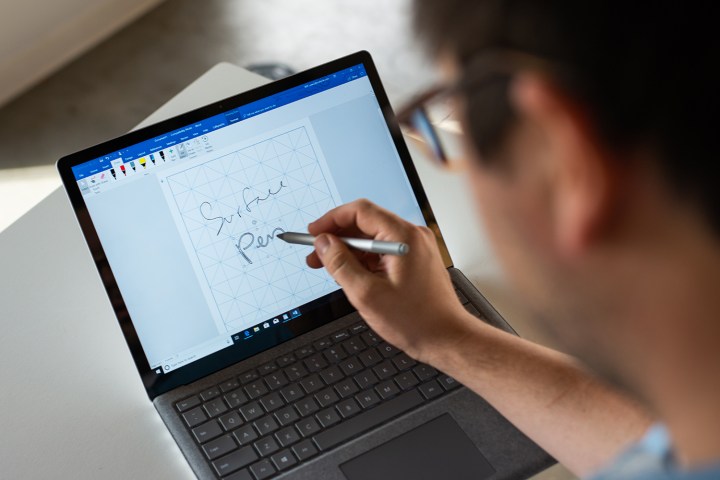
Despite some new features that make it best buddies with your phone, the Windows 10 October 2018 Update is not that popular with consumers. According to the latest AdDuplex data, it is only running on 12 percent of PCs across the world, a much smaller number than the previous April 2018 Update which holds an 82 percent install base.
Though January’s latest AdDupex data only covers a small sample of 100,000 surveyed PCs, the data suggests that performance and other rollout issues might have made many reluctant to the latest update from Microsoft. As an example, after the October 2018 Update was initially released, a round of bugs wreaked havoc on PCs of consumers who chose to install it early. That includes a file deletion issue which caused Microsoft to eventually pull back the release, and then push it out once again in November.
Even so, the October 2018 Update might still not all be a loss for Microsoft. According to AdDuplex, the 12 percent share in January is almost double what it was in December. However, the next version of Windows 10 (rumored to named the April 2019 update,) is coming up in a few months. As the new update will come with fresher features, many consumers could likely skip out on the October 2018 Update and install the new version instead.
The October 2018 Update comes with big changes to inking in Microsoft Office, several enhancements to the Microsoft Edge web browser, and support for Nvidia’s Ray Tracing advanced graphics features. If you haven’t already installed it, you can check out our guide on how to do so right here.
As for the April 2019 Update, it is still under beta testing with Microsoft’s Windows Insiders. Features coming in that release include a separation of Cortana and Windows 10 search, a new white theme, and the ability for consumers to remove more of the pre-installed bloatware on their PCs.
Other than data on Windows 10, the AdDuplex data also covers the share for Microsoft’s Surface devices. It shows that the Surface Pro 4 holds on to a 25 percent share, followed by the Surface Pro with 17 percent. The newest Surface Pro 6 falls behind in sixth place only holds a 6percent share.
Editors' Recommendations
- The next big Windows 11 update has a new hardware requirement
- Windows 11 vs. Windows 10: finally time to upgrade?
- Beware! The latest Windows 11 update might crash your PC
- Windows 12 might not be coming this year after all
- Windows 12 may force a major change for new PCs


